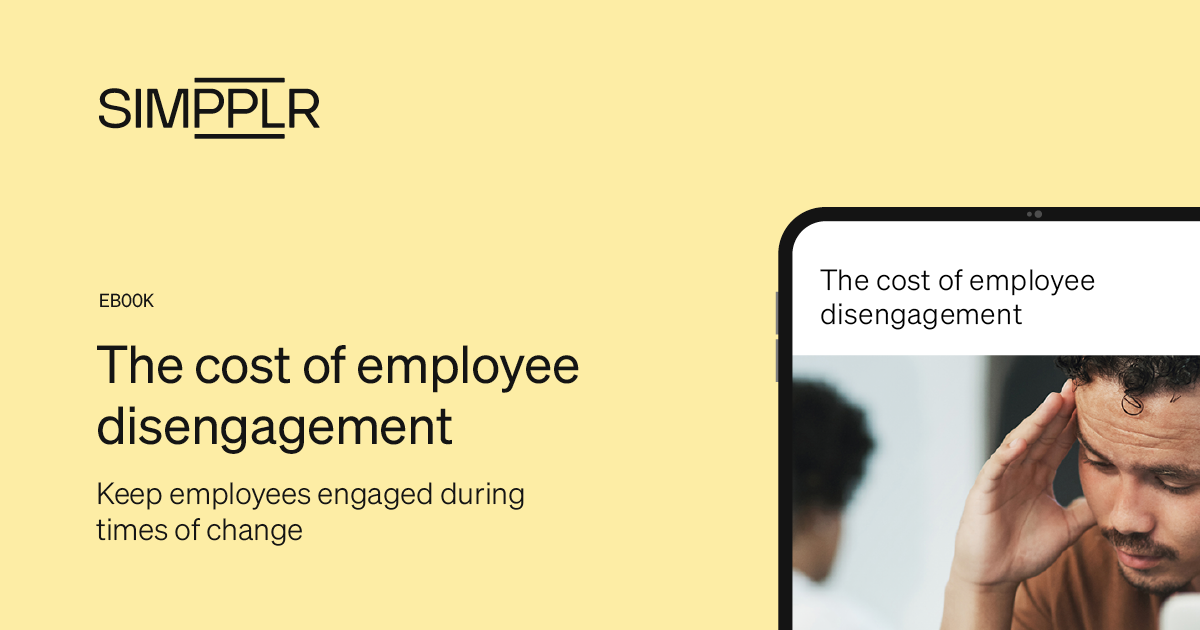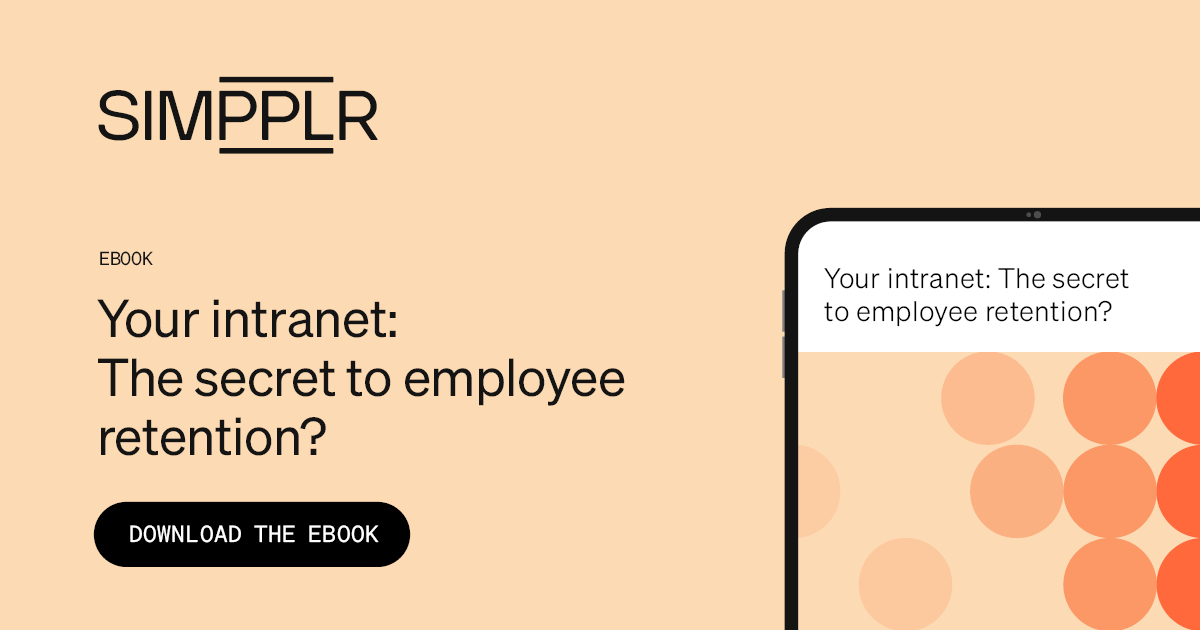As the adoption of artificial intelligence (AI) and other technological innovations continues to rise, driven by technological advancement, employers must prioritize employee engagement to excel in the highly competitive business environment. This approach places significant importance on developing soft skills, implementing mentorship programs to attract and retain promising young talent, and addressing talent gaps related to regulatory compliance and cybersecurity.
But these steps aren’t enough. Our ebook, Engaging financial services employees—despite market fluctuations, examines the relationship between market fluctuations, employee engagement, and talent retention. We also share takeaways to guide your employee engagement efforts.
Understanding the impact of market fluctuations
Global events, including natural disasters, the pandemic, and geopolitical conflicts, greatly influence market fluctuations. And these events naturally directly impact resources, delivery timelines, and overall business operations. They’ve also led to the significant and sudden shift toward remote and hybrid workforces, necessitating companies to adapt to evolving work preferences in the post-COVID-19 era.

Although companies may have limited control over global events, research suggests maximizing employee engagement is attainable. However, the financial services sector encounters specific challenges in this regard. It has gained a reputation for low employee engagement and workplace happiness, with only 65% of finance specialists reporting satisfaction with their work-life balance.
In the fiercely competitive and high-risk financial services industry, prevalent factors such as unrealistic expectations, significant responsibilities, stress, and burnout contribute to a rapid decline in retention rates. These challenges not only impact the overall workforce but also affect talented individuals who, even if they choose to stay with the company, may exhibit a phenomenon called “quiet quitting.” These employees meet basic job requirements while prioritizing other commitments, resulting in reduced productivity and disengagement.
When employees become disengaged, they exhibit even less enthusiasm and commitment toward their work. This results in decreased productivity, lower job satisfaction, and an increased probability of turnover. Given the current unemployment levels, the costs associated with recruiting and onboarding replacements can be prohibitively high for any industry, particularly one that is already a hard sell with a disgruntled workforce.
Engaged employees are brand ambassadors who forge personal connections with potential talent and with each other, keeping attrition manageable. They also support loyal customer retention and can attract new ones.
The main challenges today are based on generational disconnects, and it’s time to address them!

Challenges hindering employee engagement
The main challenge for companies in maximizing employee engagement is understanding and addressing the distinct priorities of younger generations, specifically millennials and Gen Z. These generations place a high value on environmental, social, and governance (ESG) values. They also prioritize finding work that aligns with their desire to impact society positively.
Addressing these challenges and maximizing employee engagement requires a comprehensive approach, and one crucial aspect is implementing an effective communication strategy that prioritizes clarity and transparency. This begins with managers developing a deep understanding of their employees, including their strengths, weaknesses, and preferences, enabling them to assign roles appropriately and provide growth opportunities.
And the best way to capture this insight and implement a proactive internal communications strategy is with a robust, integrated intranet.
Making the most of modern intranets
Adopting modern intranets within the organization helps prevent employee disengagement. Therefore, when employees feel undervalued or unappreciated, perceive limited growth opportunities, or face excessive work demands, it is crucial to investigate the underlying causes and swiftly intervene. And it’s even better to catch wind of them before they spin up!
Often, these issues stem from breakdowns in communication, which can occur between employees and their managers or among employees themselves.
Consistently sharing information about company performance, changes, and progress fosters a clear understanding of roles, work relevance, and company culture among employees. And providing employees with the necessary tools to perform their work is essential. Employees feel satisfied, fulfilled, and prepared with the appropriate tools, as they possess the skills to cater to consumers effectively.
Each company faces unique challenges when maximizing employee engagement and remote work setups can add to the struggles. Companies offering these work arrangements often encounter eroded interpersonal relationships. In contrast, other companies may face communication barriers or a combination of challenges, and each comes with unique remedies that are often atypical.
Moving beyond the typical tactics
Many companies have tried to engage their workers, but statistics show that much work still needs to be done. Financial services companies, in particular, may only face significant challenges if they wholeheartedly recognize the need for a quality employee experience that revolves around engagement and fosters a culture of healthy internal communication.
Implementing any internal communications shift requires a customized approach, as no one-size-fits-all solution exists.
Our ebook, Engaging financial services employees—despite market fluctuations, offers tips to help you sort out the specific steps to identify your unique needs.
Feel free to request a demo to explore customizable options that help you enhance your employees’ experience and increase their engagement.




